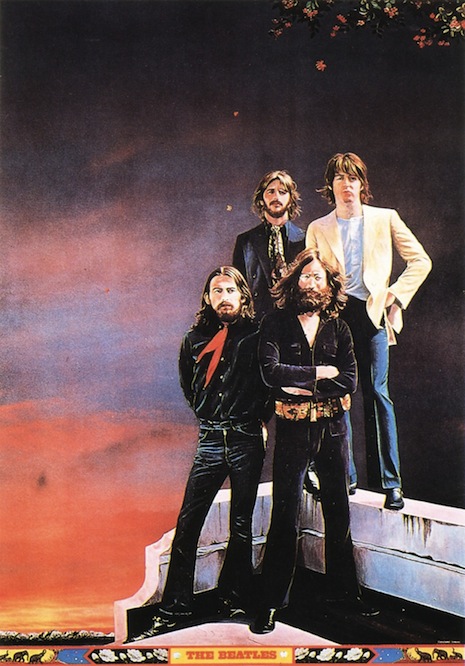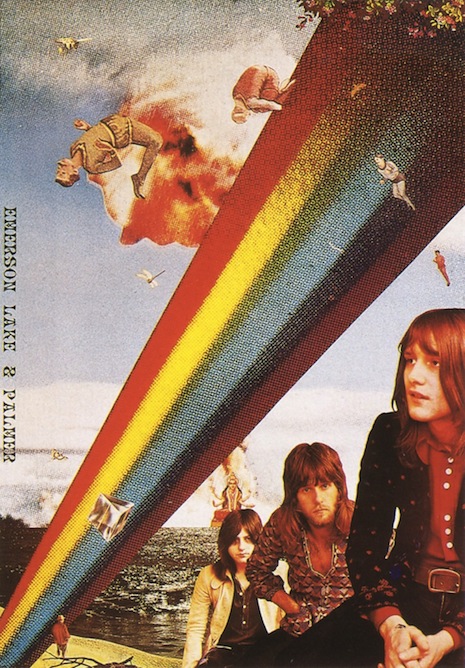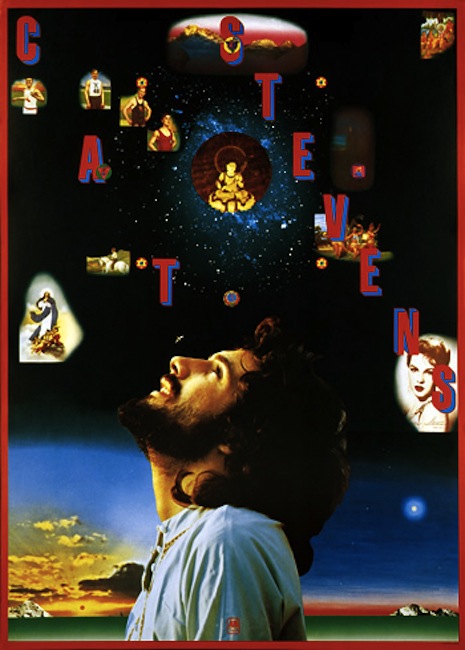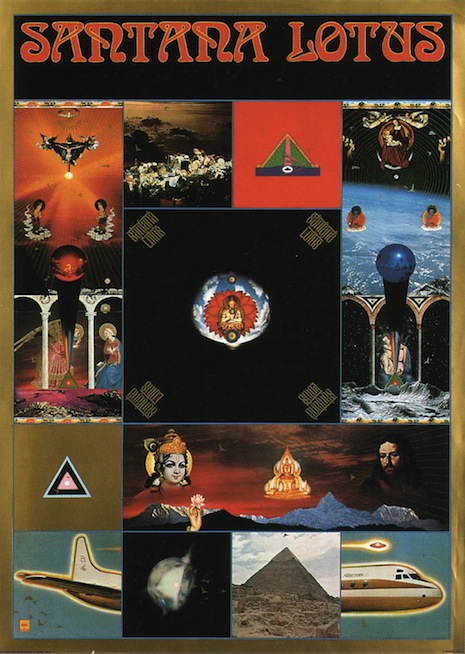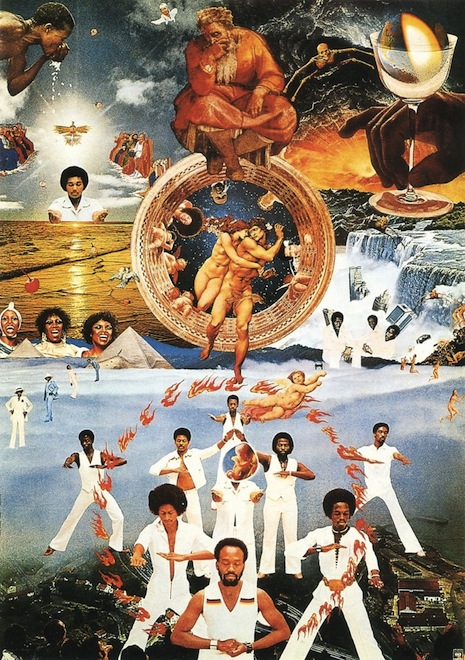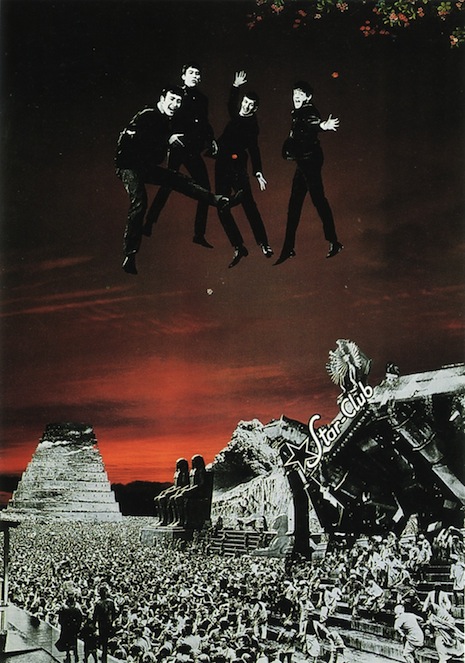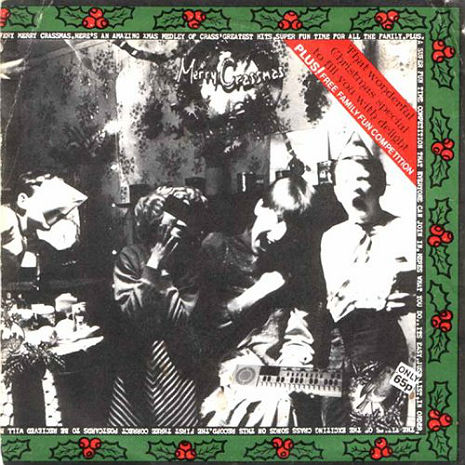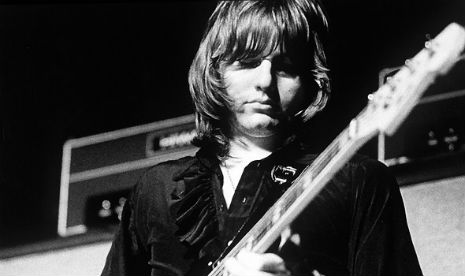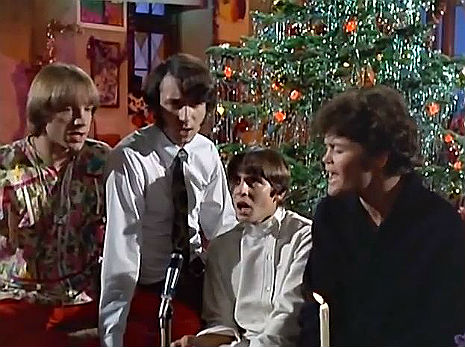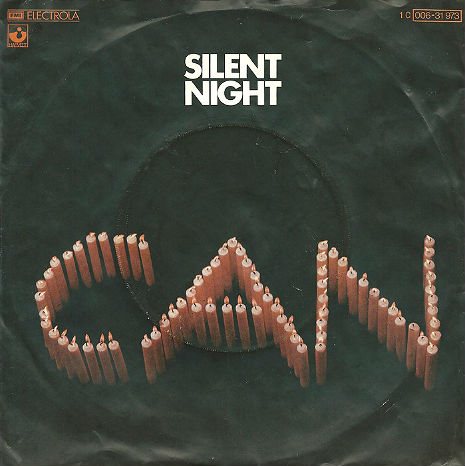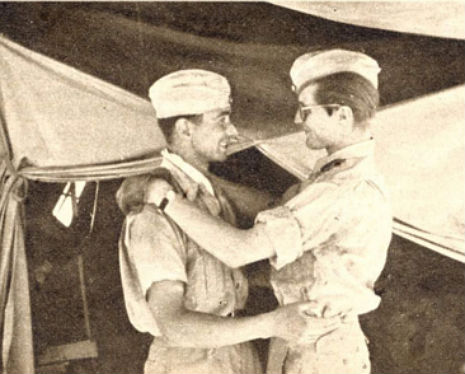
Since they first came to public consciousness with the release of Turn on The Bright Lights, the go-to description of Interpol has been “New York band that sounds like Joy Division.” Only thing is, though, I’ve heard a fair few Joy Division songs, since I’ve only been an obsessive devotee for pushing 30 years, and, um, no. There are other bands that have made far, FAR bigger dents in Interpol’s sound than Joy Division, and the fact that that vacuous comparison has persisted for over a decade among people who I know for a fact have ears is utterly baffling to me. I get the feeling that notion grew virally from an early promotional news release—it’s not like entertainment writers don’t have a demonstrable history of lazily parroting press materials. The reality is, Interpol owes a much greater debt to The Wedding Present, and a colossally HUGE one to My Dad Is Dead. Just listen:
“Year Of Loss”
“Two Pills In The Water”
You can be forgiven for the audible “Who?” you unleashed at that name-check. Influential bands don’t get much more obscure than My Dad Is Dead. They were a he - the band’s lone constant member and sole songwriter was one Mark Edwards, variously based in Ohio and North Carolina, and the earliest releases were indeed the work of a one-man-band. He released albums on Homestead in the ‘80s, making him labelmates with Sonic Youth and Nick Cave, then moved to Scat, the label that brought Guided By Voices to the world’s attention, and then later still released with Emperor Jones, the Austin imprint that boasts the single coolest record label website ever, period. So it’s not like his stuff was impossible or even difficult to find in its day, Edwards just never really caught on big like his contemporaries. From his Trouser Press bio:
Actually the work of a person rather than a band, My Dad Is Dead’s voluminous output has plainly explored the troubled waters of the soul, both personal and philosophical. Under his open-to-misinterpretation nom de disc, Cleveland (later transplanted to North Carolina) singer-writer-one-man-band Mark Edwards makes music whose appeal lies largely in its matter-of-fact handling of trauma. Growing steadily in fluency and confidence, Edwards, who writes, plays and sings with instrumental and vocal help from a floating gene pool of Cleveland musicians (Prisonshake’s Chris Burgess has also produced the bulk of his recordings), makes records that are as comforting as they are harrowing.
My Dad Is Dead, most of whose songs were indeed inspired by the loss of Edwards’ father, is a compelling, hypnotic debut that ranges from thrashy aggression (“Black Cloud”) to supple melodicism (“Talk to the Weatherman”) to industrial gloom (“Say Goodbye”). The unifying thread is the downbeat lyrics; the sole weak link is Edwards’ flat singing, which improved on subsequent releases.
“Downbeat” really sums it up - as catchy as the tunes could often be, the lyrics were ALWAYS a bummer. A prime example is the gorgeous but heartbreaking “The Water’s Edge,” which chillingly describes the grief of a man left behind by a woman who drowned herself while he helplessly stood by. I’ve linked both the original and the absolutely stunning cover version by Tsunami.
Though Edwards’ heyday lasted from 1985 to 1997 give or take, he continued the project into the oughts and released albums on his own Unhinged label, only retiring the My Dad Is Dead moniker a couple of years ago, when he returned to Cleveland for a homecoming/farewell performance. He’s helming a new project called Secular Joy—absolutely worth checking out if any of the above music resonated with you. And if you’re keen to explore, there’s TONS of My Dad Is Dead material to be had free of charge. Through January 1, 2014, Edwards is giving away his 1995 album For Richer For Poorer—his least downbeat album—on his Bandcamp page on a name-your-price basis. He’s also offering a live recording from 1988, his opening set for a Throwing Muses show. And his first five albums and an odds-and-ends compilation have been available free of charge on his web site for about ever. If ’80s depresso-rock has ever been even slightly your thing, those early releases are seriously worth checking out.
My Dad Is Dead, For Richer For Poorer
My Dad Is Dead, five full albums for free + rarities
As is sadly to be expected for a lesser-known band that lived the most vital years of its existence before broadband and high-res phone cameras achieved ubiquity, good live footage is hard to come by. Here’s some audience-cam footage of the excellent song “World On A String,” from 1991. Though the on-camera mic leaves a lot to be desired in terms of sound fidelity, this footage accurately captures the live feel of that era of the band.






